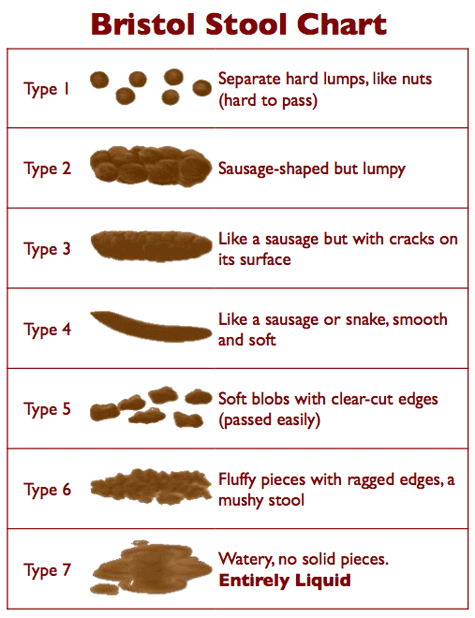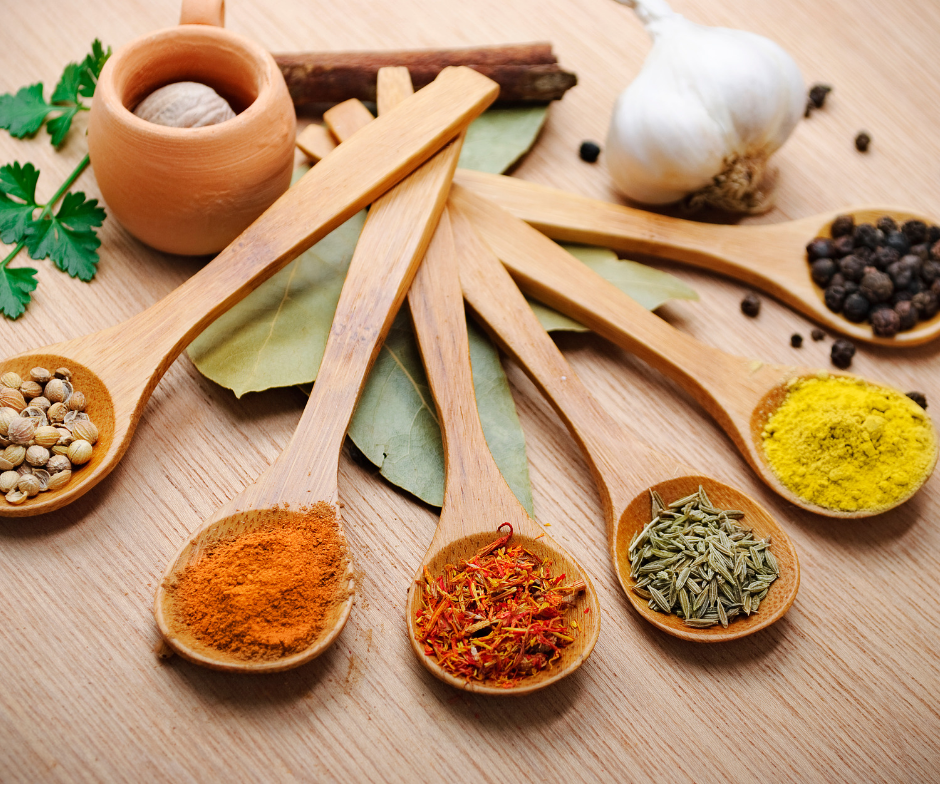get your sh*t TOGETHER!
Ah January. The party’s over, right? Time to curb the tree, put away the decorations and get serious about all those good intentions to eat healthier. But how about we resist the urge to write up a list of things we WON’T eat and replace it with a list of things we will. Now, put fibre at the top of the list.
Fibre comes in two forms: soluble and insoluble. The soluble form attracts water (so you need to make sure you’re drinking enough water) and is found in oat bran, barley, nuts, seeds, beans, lentils, peas, and some fruits and vegetables. Insoluble fibre, adds heft to your stool and can help to move waste through your digestive track quickly. Insoluble fibre is found in wheat bran, vegetables and whole grains.
Okay, so it is obvious that fibre plays a role in keeping you regular and preventing constipation. Which is good enough reason to have a fibre rich diet, right? But fibre does so so much more my friends.

Healthy gut bacteria. Soluble fibre basically sails through our digestive system until it hits our intestine and then feeds the some 100 trillion bacteria that live there. They do us a solid and turn it into usable energy.
Lowers cholesterol levels. Studies show diets high in soluble fibre can reduce bad cholesterol, “lipoprotein” and has also been linked to reducing blood pressure and inflammation.
Reduces risk of Type 2 Diabetes. Soluble fibre slows down the absorption of sugar in the bloodstream and improves blood sugar levels.
Helps maintain a healthy weight. Fibre fills you up faster and you feel full longer.
If you decide to increase your fibre (and why wouldn’t you), gradually increase it. If you go full tilt you could get cramps and diarrhea, but worse than that, you could just abandon the notion altogether. And you really shouldn’t.
Want to have staple of high protein, high fibre and low fat recipes to boost your post holiday health? I have some great workshops in the coming weeks to get you started.

Vegan Cooking: For the Love of Pulses

Intro to Indian Cooking
Women should get 25 grams of fibre each day.
Men should get 38 grams of fibre each day.
Government of Canada
Best Sources of Fibre
Legumes, Nuts and Seeds
| Source | Serving Size | Fibre/grams |
| Split peas, boiled | 1 cup | 16.0 |
| Lentils, boiled | 1 cup | 15.5 |
| Black beans, boiled | 1 cup | 15.0 |
| Lima Beans, cooked | 1 cup | 13.2 |
| Baked beans, canned | 1 cup | 10.0 |
| Chia seeds | 1 ounce | 10.0 |
| Almonds | 1 ounce (23 nuts) | 3.5 |
| Pistachios | 1 ounce (49 nuts) | 3.0 |
| Sunflower kernels | 1 ounce | 3.0 |
Grains
| Spaghetti, whole-wheat, cooked | 1 cup | 6.0 |
| Barley, pearled, cooked | 1 cup | 6.0 |
| Bran flakes | 1 cup | 7.0 |
| Pearled Barley, cooked | 1 cup | 6.0 |
| Quinoa, cooked | 1 cup | 5.0 |
| Oat bran muffin | 1 medium | 5.0 |
| Oatmeal, instant, cooked | 1 cup | 5.0 |
| Pearled Barley | 1 cup | 6.0 |
| Brown rice, cooked | 1 cup | 3.5 |
Vegetables
| Artichoke | medium cooked | 10.3 |
| Green peas, boiled | 1 cup | 9.0 |
| Broccoli, boiled | 1 cup chopped | 5.0 |
| Turnip greens, boiled | 1 cup | 5.0 |
| Brussels sprouts, boiled | 1 cup | 4.0 |
| Potato, with skin, baked | 1 medium | 4.0 |
| Sweet corn, boiled | 1 cup | 3.5 |
Fruit
| Raspberries (raw) | 1 cup | 8.0 |
| Blackberries (raw) | 1 cup | 7.6 |
| Avocado | 1 half | 6.7 |
| Pear | 1 medium | 5.5 |
| Apple, with skin | 1 medium | 4.5 |
| Banana | 1 medium | 3.0 |
| Orange | 1 medium | 3.0 |
| Strawberries | 1 cup | 3.0 |
If you want to sneak some fibre into smoothies have flax seeds and chia seeds handy. Two tablespoons of flax seeds give you 3.8 grams of fibre and omega-3 fatty acids. Chia seeds turn liquid into a thick gloopy gel and add 5.5 grams of fibre for every tablespoon.
Want to have staple of high protein, high fibre and low fat recipes to boost your post holiday health? I have some great workshops in the coming weeks to get you started.
Wishing you great health and great cooking.
Happy New Year!
Lisa
